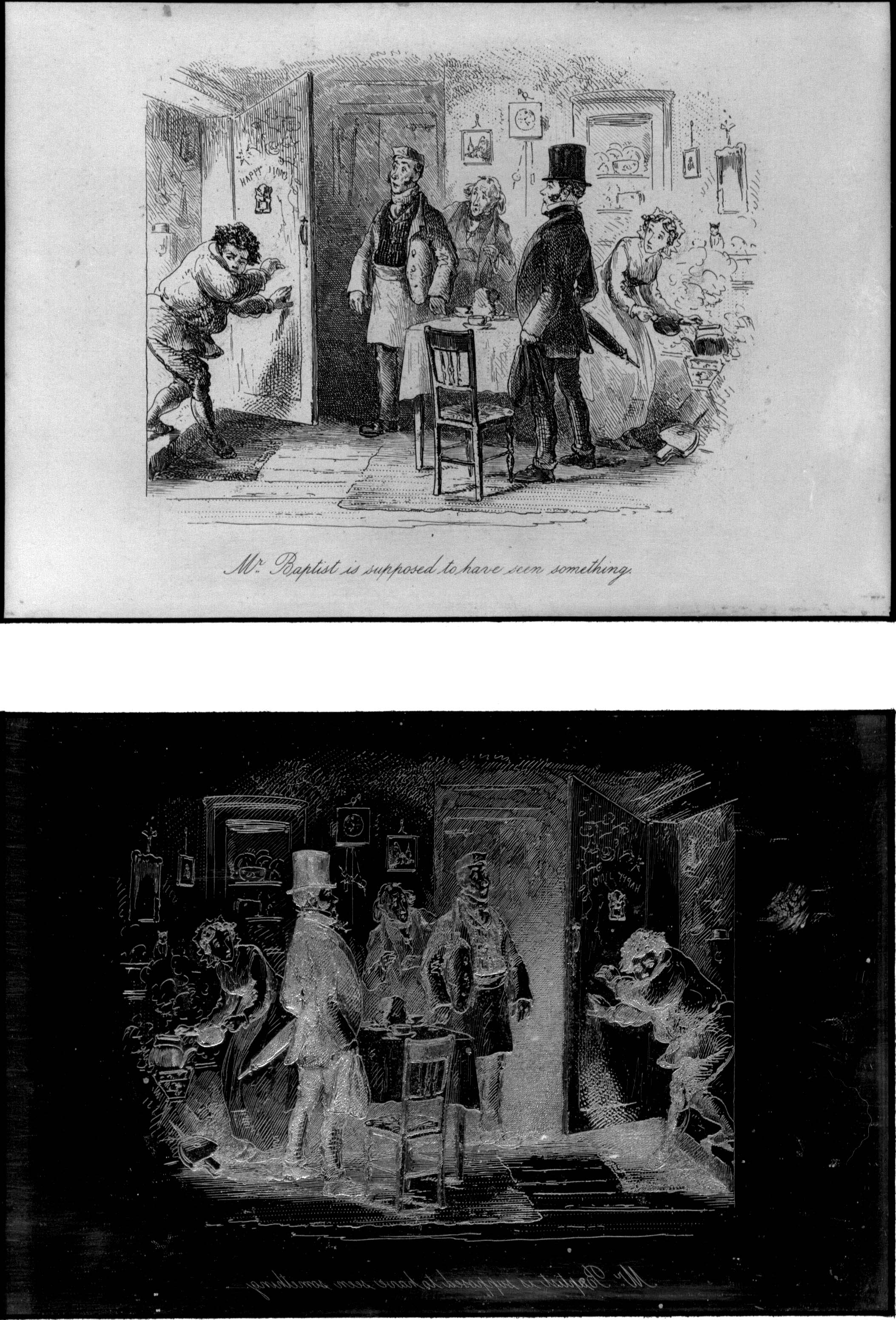Charles Dickens Collection
 Scope and Content
Scope and Content

This synthetic collection was acquired through separate donations, the largest acquired in the 1980s and 1990s from J. Stanton McLaughlin, Prof. Frederick O. Grover, and Prof. Carl W. Schaefer. There are currently 44 examples of Dickens’ works, many of which are 1st editions. The original serial nature of Dickens’ novels is represented in two ways: first, in 2 magazines, Household Words (1850-1859) and All the Year Round (1859-1868), both edited by Dickens and featuring regular installments of the novels in their pages; second, in his "books in parts," which were separate shilling weekly installments of his novels published independently. Dickens’ novels also appeared in "triple decker" (3 volume) and single-volume formats, and there are 1st appearances of each of those as well. Included also are a complete set of the Christmas novels, an arts and crafts edition of The Holly Tree, edited collections of his correspondence, and a scholarly ltd. ed. of the Works of Dickens. Apart from the works actually written by Dickens, the collection also includes uncommon reference works regarding his novels and an engraved steel plate used to print an illustration for Dombey and Son (left).
Inventory | Historical Context | Additional Resources
Inventory
OBIS records for Dickens holdings in Special Collections
Historical Context
In 1828 Charles Dickens (1812-1870) launched a career as a journalist writing for the Mirror of Parliament. It was a small step from journalism to writing literary sketches, and his first piece appeared in Monthly Magazine in 1833. He continued writing sketches for various periodicals until 1836, during which time he adopted the pen name ‘Boz,’ derived from his youngest brother’s mispronunciation of his childhood nickname. In 1836, the publishers Chapman and Hall approached Dickens and offered him £14 a month to write twenty numbers to be published as installments in their monthly magazine. The resulting work, The Posthumous Papers of the Pickwick Club (1837), earned Dickens his fame and sent him down the path of literary writing. His works proved highly successful in his time, and he was quickly able to make a living solely by writing, one of the first to do so.
In addition to being massively popular in multiple countries, Dickens was incredibly prolific: He wrote 14 full-length novels, several novellas, over 20 Christmas-themed stories, and a large number of short stories and essays. He published a new work almost every year between 1836 and 1870, often working on multiple novels or short pieces at a time. His novels and their characters are an important contribution to British and English-language literature, and constitute a relentless critique of life in industrializing England. His own experiences as a young boy living crowded buildings and visiting his family at Marshalsea Debtors’ Prison served as fodder for his writing, one of the most noted examples being that of Mr. Micawber in David Copperfield (1850).Additional Resources
Eckel, John C. The first editions of the writings of Charles Dickens. New York: M. Inman, inc.; 1932
Slater, Michael. "Dickens, Charles John Huffam (1812–1870), novelist." Oxford Dictionary of National Biography.
UC Santa Cruz. The Dickens Project. Oberlin College Terrell Main Library Special Collections. The Robert Campbell Collection of Londoniana.
Rebecca Sparagowski & Ed Vermue